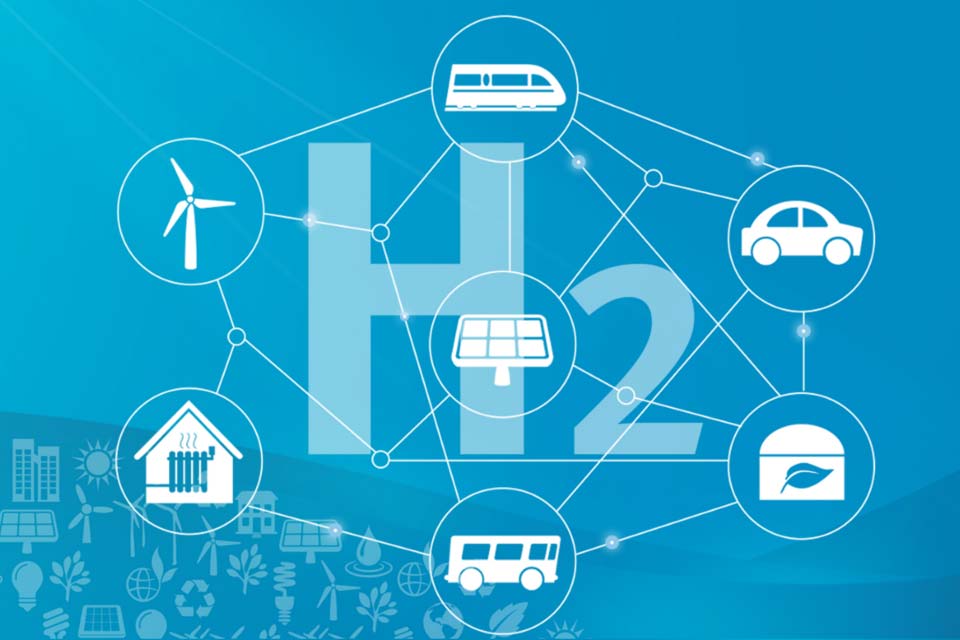The Role of the Hydrogen Network
By: GenH2 Staff
Read Time: 3 minutes
What Hydrogen Will be Used for, Where It Will Come From & How it Will Get Us to a Renewable Energy Economy
Hydrogen has great potential and is expected to play a key role in reducing global emissions – but to reach net-zero, it is essential that a hydrogen energy carrier network is in place. The promise of hydrogen, the fact that hydrogen alone offers the potential for a clean energy future, is a good start. When talking to people about the need for hydrogen, it tends to end in the same questions.

“What Will Hydrogen Be Used For?”
Hydrogen can be used in a variety of ways, and the hope is that hydrogen will replace fossil fuels as an energy source across the board. GenH2’s infrastructure focus is hydrogen as an energy source for transportation. Hydrogen has the capability of being used in a lot more applications than consumers realize. In fact, hydrogen can be used in just about anything one can imagine, from engines to electricity. Beyond just “fuel cells” (which are actual hydrogen electric cells) in automobiles, hydrogen is the future for semi-trucks, light rail trains, shipping, and hydrogen-powered drones. The key is its range and heavy-duty power – hydrogen vehicles far outlast any other source and can travel longer than most consumers realize.
“Where Will the Hydrogen Come From?”
Currently hydrogen can be produced via electrolysis – the process of separating water into hydrogen and oxygen. This way of producing hydrogen is “green” because it is emission-free, leaving nothing but oxygen as a by-product. Green hydrogen production used to be more expensive because of high costs of supply chain logistics and electrolyzers, but the declining cost of renewable energy and other incentives are contributing to reduction in cost. The current, rapid growth of the hydrogen economy also provides opportunities for additional pathways for production of hydrogen. Additionally, liquid hydrogen, which is produced via liquefaction of gaseous hydrogen – as in the GenH2 business model – will provide excellent infrastructure solutions, more enabling to the transportation industry.
“What Infrastructure is Needed?”
Building out the hydrogen infrastructure is key. To get consumers interested in hydrogen as an energy carrier, it must first become widely accessible. Therefore, infrastructure is essential in expanding the use of green hydrogen as a clean energy carrier. A key ingredient for realizing the potential of green hydrogen and its infrastructure is through collaboration. Building up a new value chain from scratch requires very deliberate coordination amongst policymakers, entrepreneurs, corporate partners, and investors. Fortunately, plans like “Hydrogen Shot,” part of the US Department of Energy’s (DOE’s) Energy Earthshots Initiative, are paving the way by addressing the costly hurdles in establishing hydrogen infrastructure.
The hydrogen economy is taking off faster than anyone anticipated and is quickly approaching a tipping point. Aggressive milestones, both nationally and globally, are pushing growth across the landscape. Companies like GenH2, whose mission is to produce liquid hydrogen-based filling stations by 2023, are part of the innovative approaches that will make hydrogen more accessible.
 Copyright All Rights Reserved GenH2
Copyright All Rights Reserved GenH2
 Copyright All Rights Reserved GenH2
Copyright All Rights Reserved GenH2 Copyright All Rights Reserved GenH2
Copyright All Rights Reserved GenH2